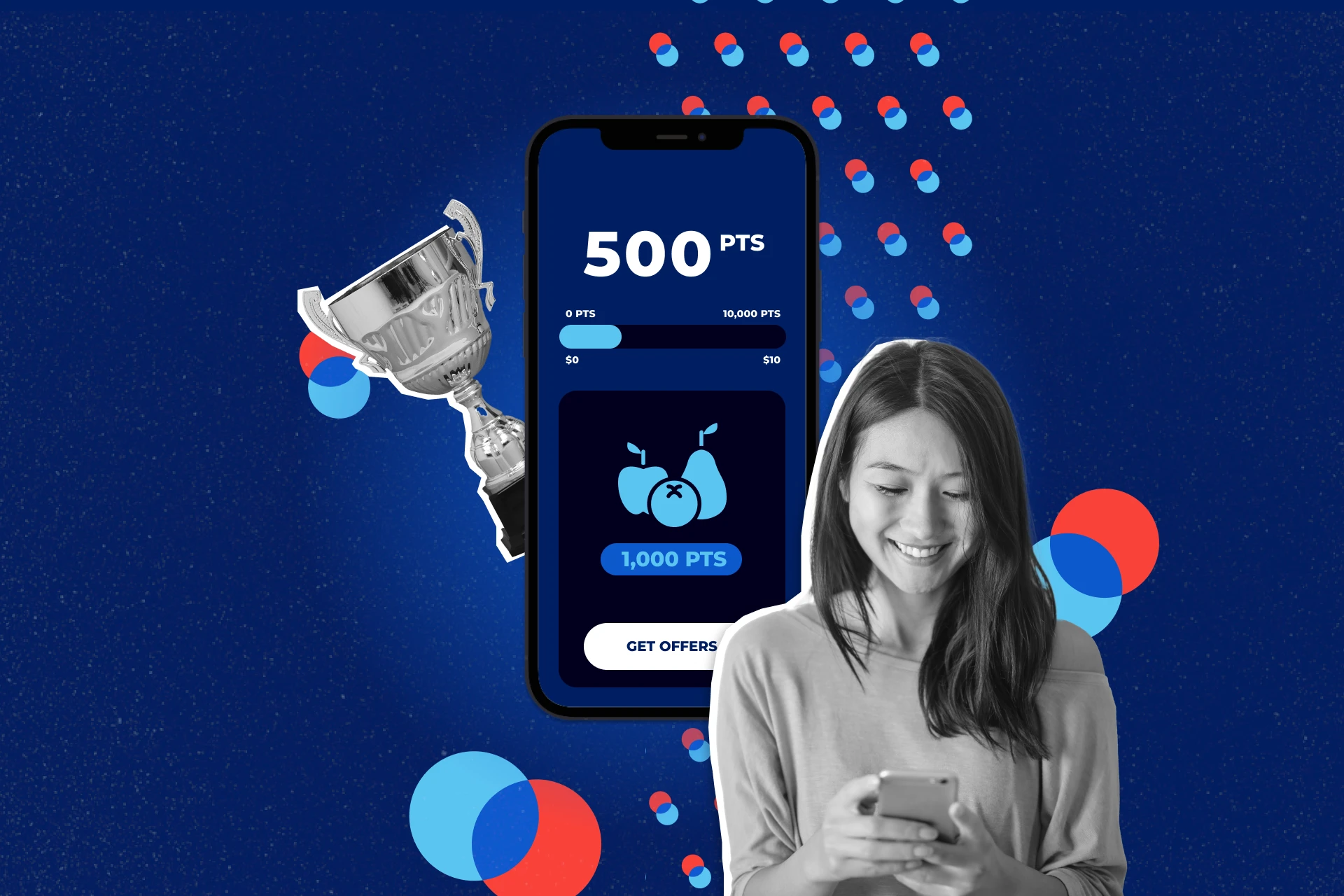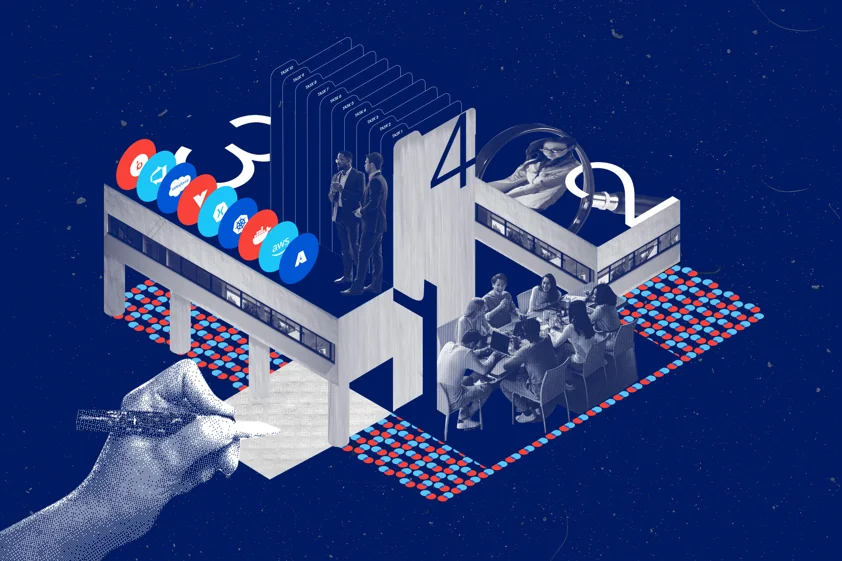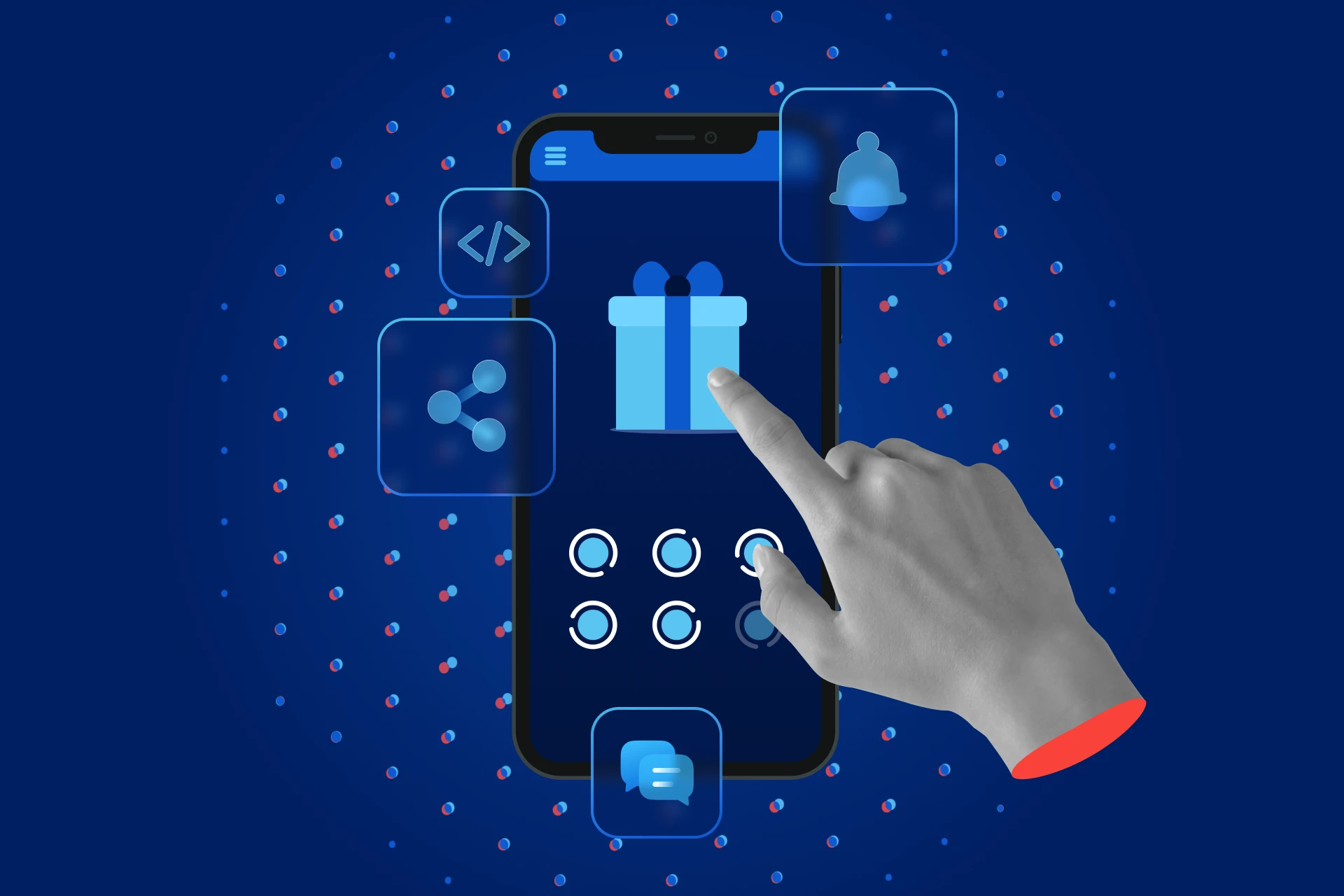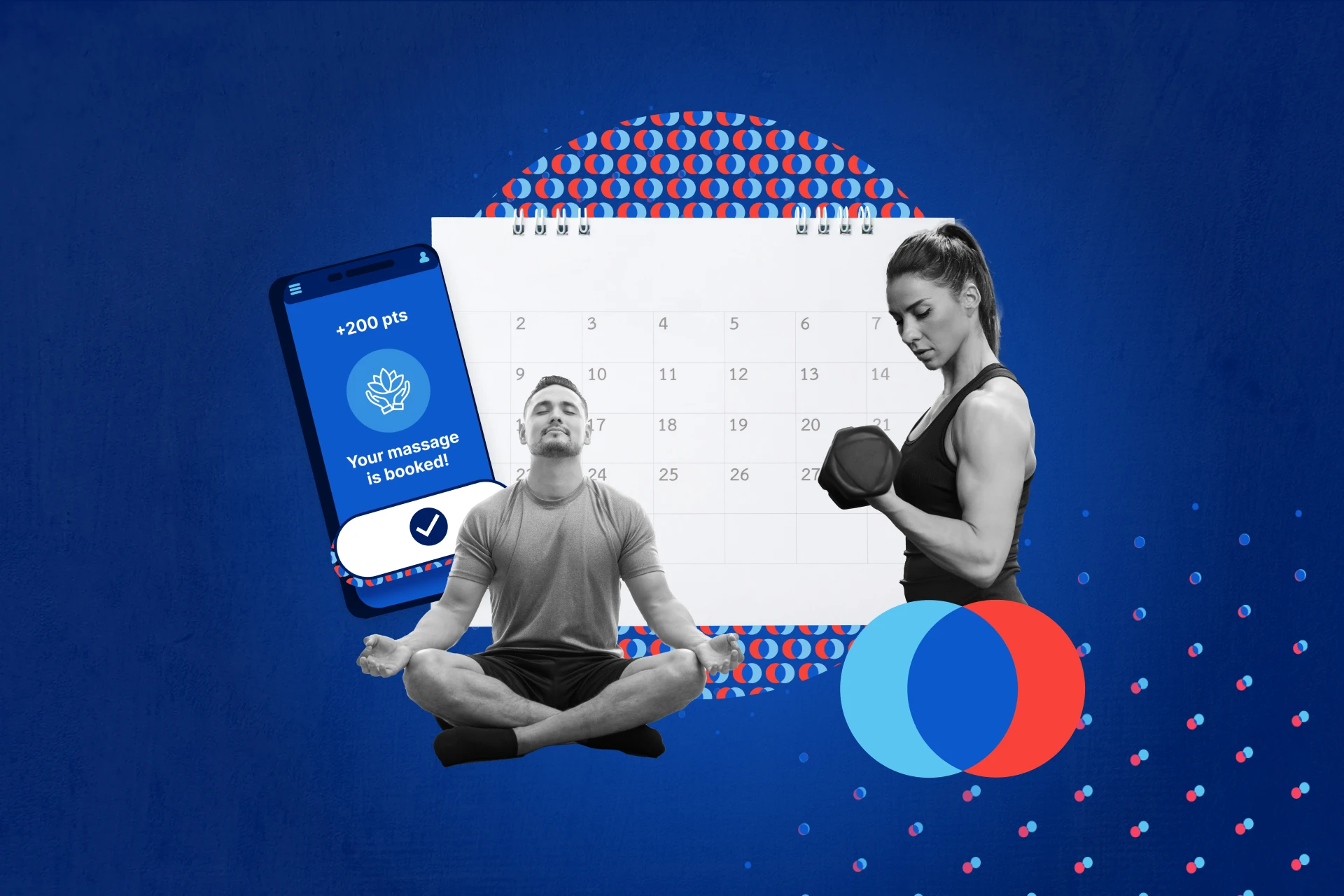With the growing offering of new applications, it is becoming increasingly difficult for companies to forge connections with their users and encourage interactions in such a saturated environment. This is where gamification can come in handy, offering a tried-and-true approach to improve engagement, foster desired behaviors, and enrich the user experience on mobile apps.
Right off the bat, it’s essential to understand that gamification on a mobile app isn’t about creating a game itself. It’s more about cleverly using game principles to make a basic experience more engaging, driven by the player’s satisfaction in tracking their progress, achieving goals, and facing challenges with a gradual increase in difficulty as they advance (with assistance if they get stuck).
«The key principle is that all this information must be user-friendly and efficient. Think of game interfaces that show progression stages on a map, indicating health levels, character skills, objectives to achieve, while tracking the progress of specific missions. These are the principles and mechanics we reproduce in these more “serious” experiences.»
David Hamel
Vice-President Strategy, UX & Design.
Users should then be rewarded with high-value rewards in the form of badges, exchangeable points, exclusive access, special statuses, pre-bookings, or any other privilege. Regardless of the type of reward, these mechanisms prompt users to engage regularly.
Indeed, the exchange of tokens or exclusive discounts is not to be overlooked in motivating users: this model is similar to many video games that use coins and potions as currency. It might then be suggested to set up a dual-economy system, consisting of exclusive points to exchange, as well as concrete discounts with affiliated partners.
“Each experience can have its economic system, but the app must clearly explain how to benefit from it. Canadians, on average, sign up for 17 loyalty programs but only use four actively1. Without even having to name them, it’s certain that these four apps must implement excellent gamification tactics and a clear user experience to stand out from the others,” asserts David Hamel. These are realities our strategists and UX designers are used to dealing with in the development of the mobile application.
Activators and Features
Something as simple and visual as a progress bar reflecting the level of completion of a user profile can encourage specific actions. No matter which game principle one wishes to replicate, the architecture must be designed so that the user recognizes it at a glance in the interface and intuitively understands the next step to perform.
Implementing gamification offers numerous benefits:
- Improve user experience
- Trigger behavioral changes
- Increase retention
- Build customer loyalty
- Encourage data exchange for targeted rewards.
Gamification is utilized in various fields such as education, marketing, employee training, health and wellness, and customer engagement. “Its success is due to users’ enjoyment of competition, rewards, and social interaction. It’s what motivates them to play. Their progress triggers dopamine spikes and almost unconsciously reinforces their commitment,” explains Stéphanie Mercier, digital strategist.

Moreover, a gamified experience is generally more pleasant and multi-sensory. Bringing in UI design and UX research at the start guarantees an efficient experience generating more engagement. An attractive application with well-thought-out actions offers a heightened perception of its value to users. For example, here are some key features specific to mobile devices that subtly create engagement and support experiences using a gamification strategy:
- Varied “mobile” interactions: Interactions should be diverse, using gestures like swipes, taps, and interactions based on the position of elements on the screen.
- Sound effects: Sound effects that accompany achievements or tasks enhance the user experience but should be used sparingly to avoid being overwhelming.
- Haptic Feedback: Often overlooked, haptic feedback can be a powerful acknowledgment to underline actions or events. It creates an immersive experience akin to video games.
Gamification to Build Loyalty
To effectively introduce gamification into a mobile application, it is important to take into account the nature of the experience. If the goal is to gather more data to offer a enhanced personalized experience, a progress bar indicating profile completion might suffice. However, if the aim is to highlight monetary value or boost promotions, as it is the goal with loyalty mobile applications, more significant considerations come into play.
Thus, four key pillars must be considered: program objectives, user types, offerings, and financial aspects. Once we have established our aims and understood what motivates users, we will shape the application’s features accordingly. These should promote recurring behavioral changes while maintaining brand loyalty.
The gamified experience must be thought-out and integrated into the product from the beginning, with the involvement of gamification professionals and organizational stakeholders. If the aim is to create a coherent and economically viable loyalty program, the design of the mechanisms to be used and the progression must be consistent with the stages of the customer journey and the customer’s level (new, beginner, expert…) in order to be effective.
Revitalizing an existing loyalty program
Working with North America’s largest independent fuel dealer and supplier, nventive developed a mobile application aimed at boosting frequent use of the program and making it more dynamic. To ensure its success, our experts integrated gamification mechanisms at the heart of the experience to enhance the understanding of the program’s benefits.
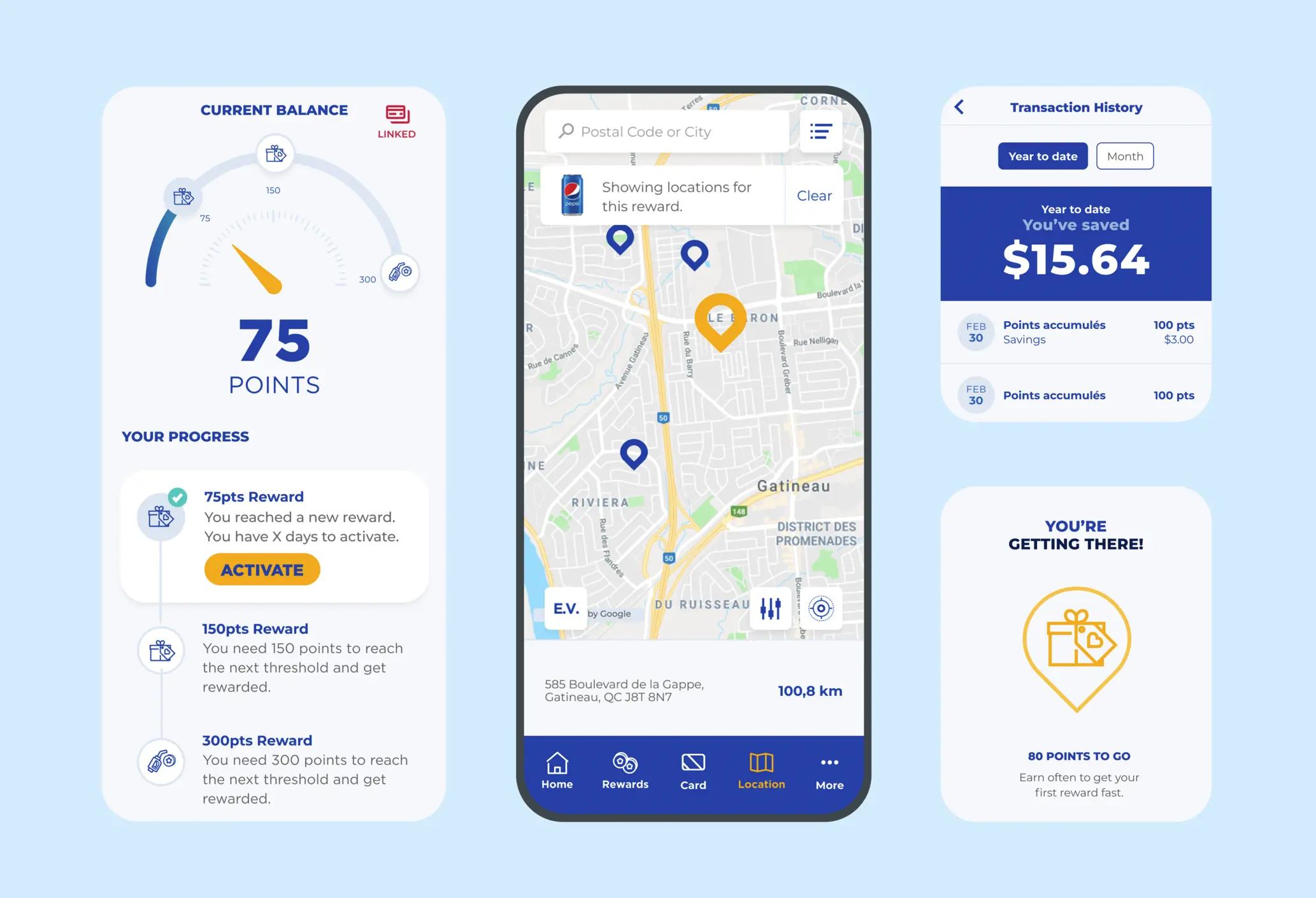
The experience relies on a principle of accumulating points and rewards. It was strategically structured in cycles of 300 points: a first reward is given after accumulating 75 points, a second one after another 75 points, and finally, the most significant reward is granted after an additional 150 points, marking the beginning of a new cycle. Rewards are thus distributed incrementally and become “harder” to obtain as the user progresses, feeding into the competitive spirit and celebrating perseverance.
The actions required to reach and claim a reward are intuitively conveyed by the interface. Retrieval is straightforward, but requires interaction, which increases the number of points of contact with the brand and thus increases consumers’ level of familiarity with the in-store experience.
Moreover, the experience offers accelerators (or “power-ups”) when purchasing certain products, allowing the user to multiply their points and access exclusive promotions for program members. Presented in a special section with visual indicators, these items generate added excitement and allow the company to move inventory by leveraging the program’s observed attraction and success.
Regarding graphic design, fun elements were added, such as the use of an analog dial and an animation to show the accumulation of points, enhancing engagement and interest.
Read also: The Mobile App at the Service of a Loyalty Program
Gamifying mobile applications is an undeniable way to increase engagement and retain users. By understanding user motivations and adjusting the offer, companies can create captivating mobile experiences that entice users to return time and time again.
—
1Source: “LoyalT 2023 Study”, R3, Adviso, and Léger marketing. https://r3marketing.ca/loyaut/

